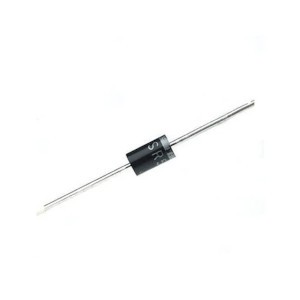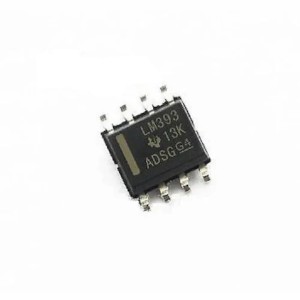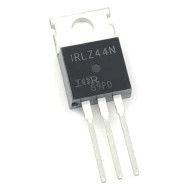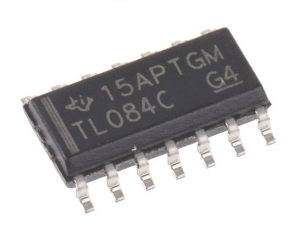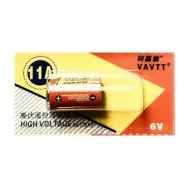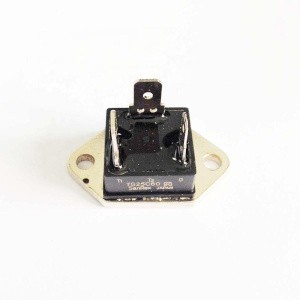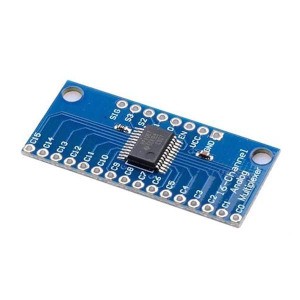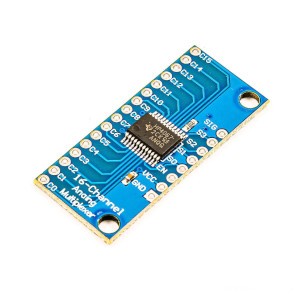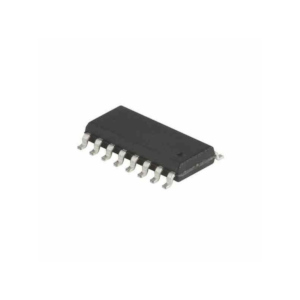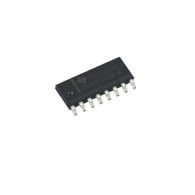

TXS0108E 8-Channel Logic Level Converter Module
Inhouse product
-
৳320.00
Reviews & Ratings
The TXS0108E is a popular 8-channel bidirectional logic level converter designed for interfacing devices with differing voltage levels.
The TXS0108E is a straightforward, robust module for interfacing digital systems running at different voltages, with ease of use thanks to its auto-direction sensing and speed capabilities. It’s widely used in maker and professional setups for connecting 1.8 V, 3.3 V, and 5 V logic domains—just be mindful of OE and pull-ups!
? Key Features
- 8‑bit bi‑directional translation (no direction-control signal needed)
- Voltage support:
- Port A (low) V<sub>CCA</sub>: 1.4 – 3.6 V (typical: 1.8/3.3 V)
- Port B (high) V<sub>CCB</sub>: 1.65 – 5.5 V (typical: 3.3/5 V)
- High speed:
- Push–pull: up to 110 Mbps
- Open‑drain: up to 1.2 Mbps
- No power sequencing required: either supply (A or B) can power up first
- OE (Output Enable) pin:
- Active‑high = outputs enabled
- Active‑low = all channels go high‑impedance
- Built‑in ESD protection: up to 2 kV HBM on A‑port
? Pin & Board Layout
- VCCA, A1–A8, OE, GND, B1–B8, VCCB (20 pins total)
- Dimensions ~26 × 16 mm; plated‑through‑hole headers for easy soldering
⚙️ How It Works
- Push–pull signals: full‑duplex up to 110 Mbps.
- Open‑drain interfaces (e.g. I²C, 1-wire): works with internal pull-ups to each side; up to 1.2 Mbp
- Enable/OE logic: OE tied low disables translator (Hi‑Z); tie high (or VCCA) to enable. Defaults disabled via pull‑down resistor on many breakout boards
✅ Typical Applications
- SPI / UART / GPIO bridging between 3.3 V and 5 V systems
- I²C bus translation (open‑drain auto‑direction sensing)
- Interfacing microcontrollers, sensors, SD cards, etc.
?️ Wiring Example (e.g., RPi ↔ Arduino):
- Connect RPi 3.3 V → VCCA and relevant A pins (A1-Ax).
- Connect Arduino 5 V → VCCB and matching B pins.
- Tie GND between both systems.
- Connect OE to VCCA (3.3 V) to enable translator.
- Connect your data lines: e.g., A1 ↔ B1, A2 ↔ B2, etc.
⚠️ Notes & Limitations
- Not ideal for analog signals—designed for digital logic edges.
- Pull‑ups: internal ones for open‑drain lines; external pull‑ups may be needed for heavy loads or long wires.
- OE must never be left floating—tie it explicitly to avoid undefined behavior .
- Bidirectional auto-detect doesn’t work for all analog speeds—best for digital buses with moderate speeds.
Frequently Bought Products
Product Queries (0)
Login Or Registerto submit your questions to seller
Other Questions
No none asked to seller yet
-
৳320.00
